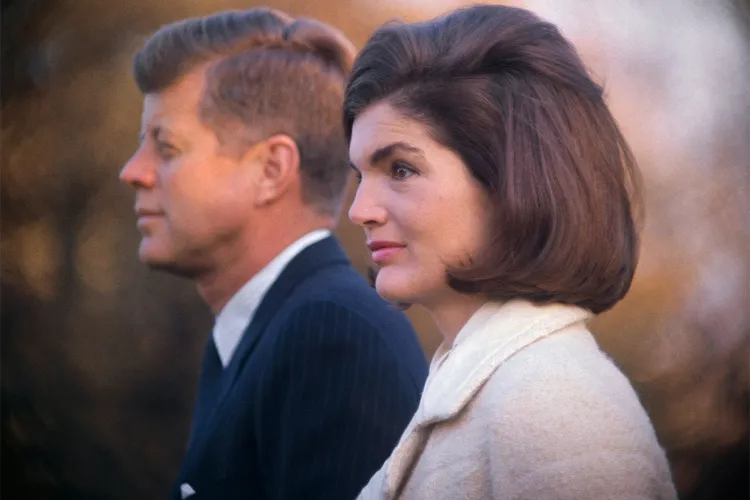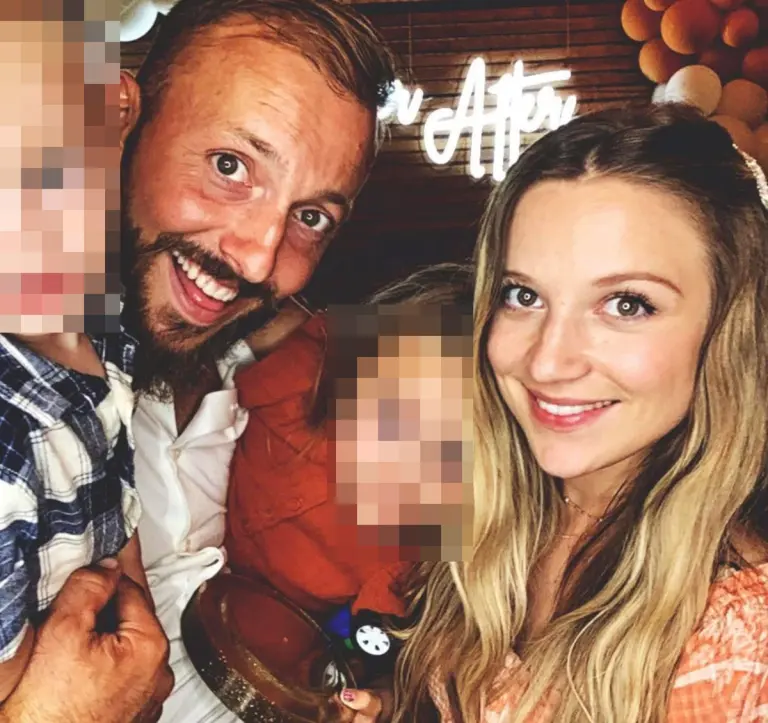Jackie Kennedy Quietly Honored the Anniversary of JFK’s Assassination for 30 Years — Inside the Private Rituals and Lasting Grief She Carried Beyond the Public Eye
In the decades since President John F. Kennedy’s assassination, few figures have carried the weight of memory, grief, and legacy as profoundly as Jacqueline Kennedy Onassis. She was just 34 when the unthinkable happened in Dallas on Nov. 22, 1963. What followed was not only a national mourning unlike anything America had ever experienced but also a deeply personal journey for a woman who suddenly found herself navigating life in the shadow of a tragedy that reshaped history. According to those who knew her well and the biographers who spent years studying her life, Jackie spent the next three decades marking the anniversary of JFK’s death in quiet, intentional, deeply emotional ways—rituals that reflected her devotion, her pain, and the complicated legacy she never stopped carrying.
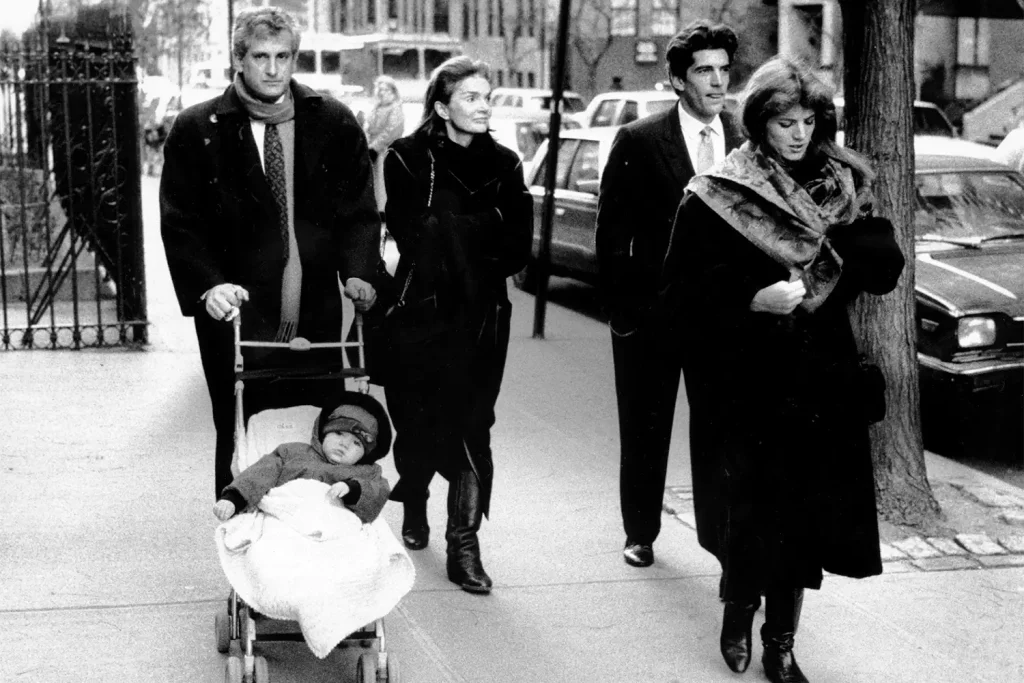
Jackie Kennedy once confided that she regretted how her own story became inseparable from the violence of her husband’s final moments. In private, she felt her life was forever stamped with that single event, the one she could not escape and could never fully heal from. Her biographers have long described this sentiment as a quiet burden she carried behind her famously composed public image. Outwardly, she embodied grace, elegance, and resilience. But November always brought a shift—a return to the rawness of memory.
Those closest to Jackie recall that the anniversary of JFK’s death was not a day she filled with public statements or elaborate ceremonies. Instead, she guarded it, shaping it into something private, sacred, and uniquely her own. Her mourning did not follow a predictable pattern, but certain rituals appeared again and again through the years, each one reflecting a piece of the man she lost and the life they once imagined together.

In the earliest years following the assassination, Jackie spent the anniversary in Washington, visiting Arlington National Cemetery where JFK was laid to rest. She chose early mornings or late afternoons, visiting at times when crowds were minimal and privacy could be preserved. Those who happened to be at the cemetery during those visits described a quiet figure in dark clothing, standing or kneeling before the eternal flame, sometimes accompanied by Robert Kennedy, sometimes alone. It was not unusual for her to stay for long periods without speaking, allowing the silence to do what words could not.
She often brought flowers—white lilies or roses—favoring arrangements that reflected simplicity rather than any sense of grandeur. Those who observed her said she never treated these visits as a public act. If the press found out she had come, she would slip away quickly or change her plans entirely. In her mind, these moments were not for the world. They were a space for her grief, her memory, and the love that had been cut short.
As the years passed and the nation’s focus shifted, Jackie continued to mark Nov. 22 in more private ways, especially after marrying Greek shipping magnate Aristotle Onassis in 1968. Her remarriage created headlines and sparked speculation about how she moved forward emotionally, but biographers consistently emphasize that Jackie never stopped honoring JFK. She simply learned to adapt her rituals to a new life, one no longer tied to the rhythms of political Washington.
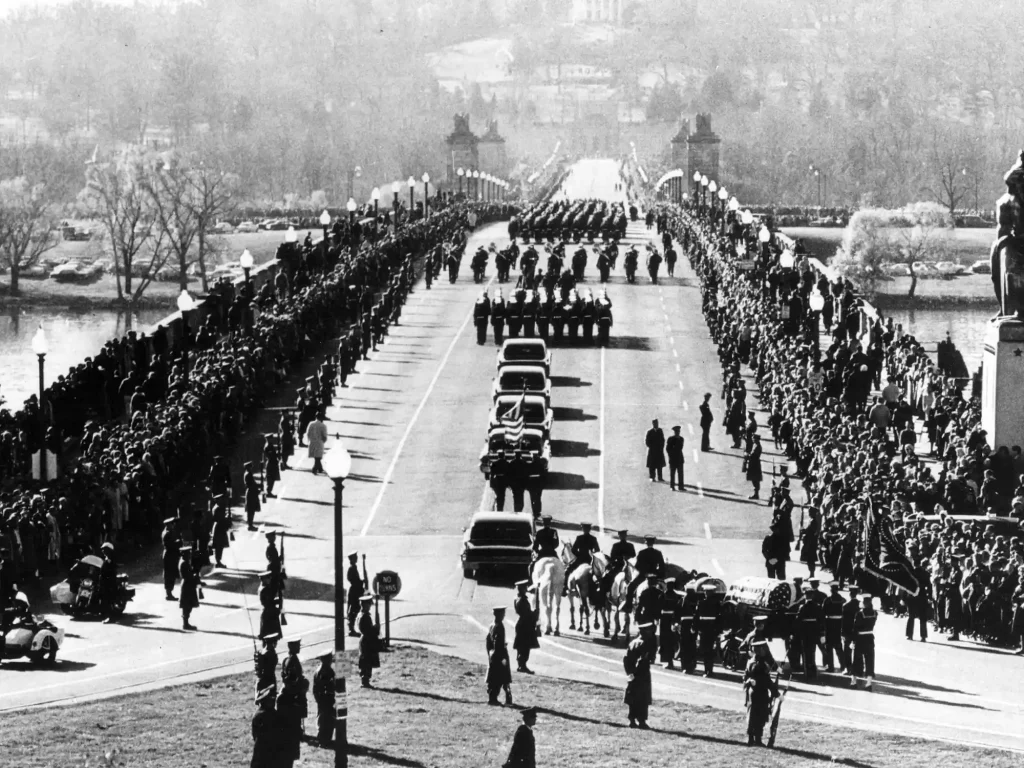
Even while living abroad, she kept photographs of JFK in her home, particularly ones that captured his quiet moments rather than iconic public images. Friends who visited her on Skorpios, the Onassis family’s private island, spoke of framed photos of JFK placed beside books he loved or near windows overlooking the sea. These details were never meant as displays; they were reminders. And every year, on the anniversary of his death, she returned to these personal spaces, often spending part of the day alone in reflection.
Jackie also maintained a connection to her husband through their shared devotion to their children. Caroline and John Jr. were just six and three when they lost their father, and as they grew older, Jackie made sure they understood who JFK had been beyond the presidency. The anniversary of his death was not something she imposed on them, but she honored it in ways that made space for their questions, their memories, and their own evolving understanding of their father. Friends recalled that Jackie approached the day gently within the family, sometimes reading to the children from books JFK loved or spending time with them outdoors, grounding the sadness in the comfort of togetherness.
After Onassis’s death in 1975, Jackie’s rituals shifted again. By then, she had returned to the United States and settled in New York, where she began a new chapter working in publishing. Those who worked with her said she rarely spoke about the anniversary, but she always carried a thoughtful, quiet air when the day approached. Some years she visited Arlington Cemetery, slipping the trip into her schedule without drawing attention. Other years, she spent the day at home, reflecting privately or writing in journals that biographers say contained some of her most honest emotions.
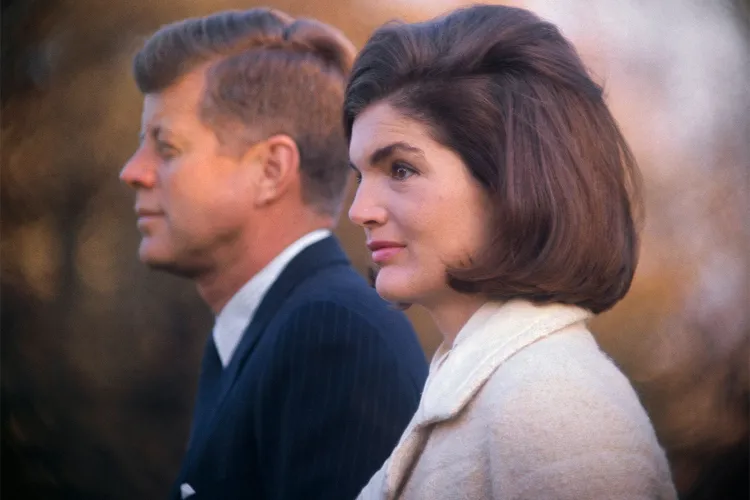
What never wavered was her sense of responsibility toward preserving JFK’s memory with dignity. She played a crucial role in shaping how the public remembered him—through the creation of the eternal flame, the curation of the White House historical restoration, and the way she protected their children from overwhelming curiosity. But her private commemorations were different. These were less about legacy and more about love.
In later years, Jackie often marked the anniversary through quiet acts of service or closeness with friends. She was known for sending thoughtful notes, reaching out to people she cared about, or spending the day in spaces that brought her peace. She walked, she read, and she allowed herself to feel whatever came. Biographers note that she rarely made long-term plans for Nov. 22—partly because the emotional weight of the day was unpredictable, and partly because she believed grief was something that could not be scheduled.
She spoke occasionally about how she wished her story had not been bound so tightly to tragedy, but she also accepted that the world would always associate her with that moment in Dallas. Over time, she learned not to resist that connection, but to find ways to honor it without letting it consume her. Her rituals reflected that balance. She mourned, she remembered, and she continued to live her life, building her own identity in the years after the White House.
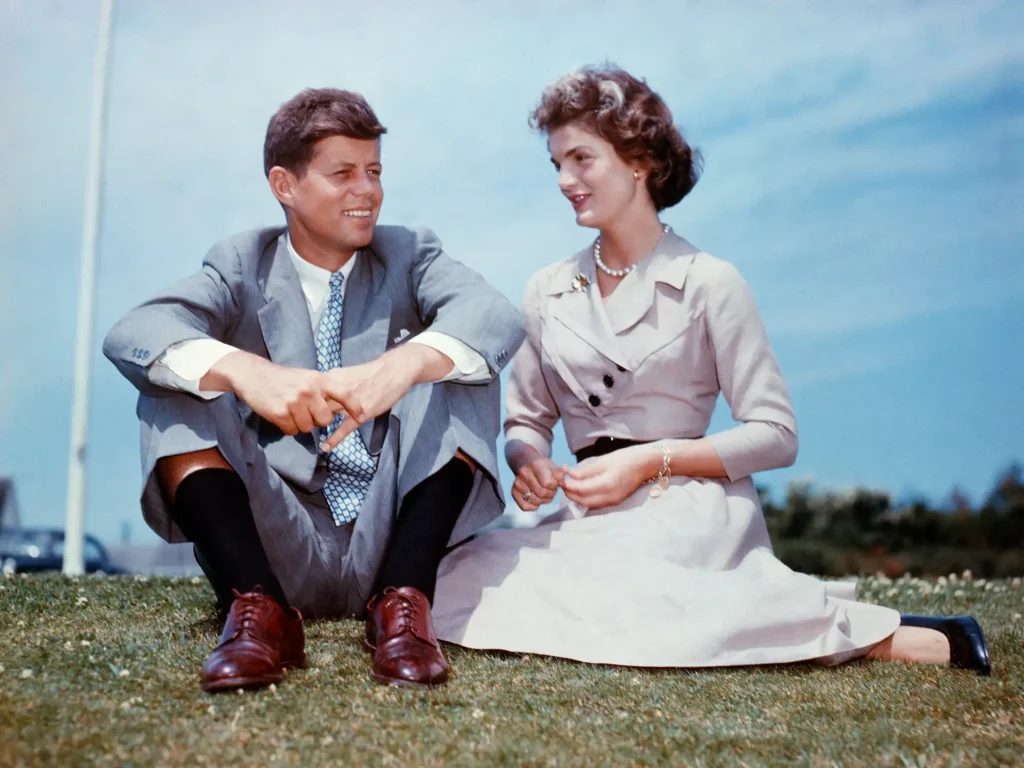
By the time Jackie passed away in 1994, more than 30 anniversaries of JFK’s death had come and gone. Each one had shaped her in some way—softening certain memories, magnifying others, and offering her an evolving relationship with a loss that would always remain part of who she was. She never tried to erase the pain, but she also never allowed it to overshadow the fullness of her life. In her later years, friends described her as more at peace, able to look back with a mix of sadness and gratitude.
Today, her rituals remain an enduring reminder of the woman she was—a figure of poise and resilience, but also of profound vulnerability. Her private acts of remembrance show a side of Jackie often overshadowed by her iconic public image: a woman who loved deeply, grieved honestly, and carried her memories with quiet strength.
For the generations who continue to be fascinated by the Kennedy legacy, Jackie’s private observances speak to something universal. Grief does not disappear; it evolves. It settles into the rhythms of life, blending with the moments of joy, the new chapters, and the quiet spaces where memory still lives. Jackie Kennedy understood that better than most, and the way she honored the anniversary of her husband’s death reflects a truth that resonates far beyond history books—love and loss are intertwined, and remembrance is a way of keeping both alive.
